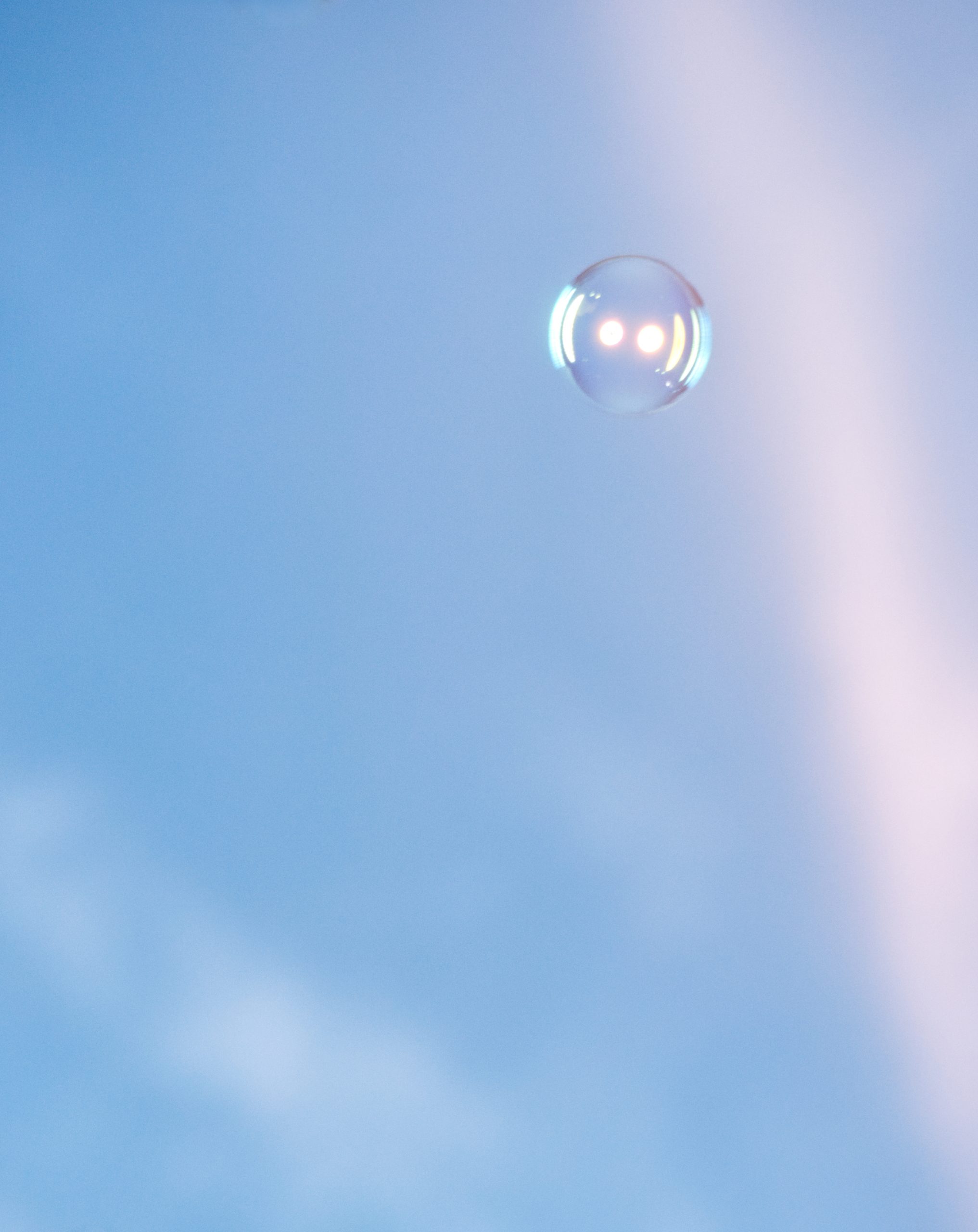Presenting my work in progress so far last Thursday to the group led to mixed feedback. For those who had not seen my work for some time, some felt it was a large shift in direction from people to objects. For my tutor, Michelle, the project was becoming saturated with ‘things’ and not enough of a sense of ‘fairy tale’ or a “child’s vision of the world”. All, in their different ways, were spot on.
I’m coming to a better sense of the strength of what is there already, the weaknesses in what is already in there and what might be needed ‘in there’.
For that sense of a ‘child’s vision of the world’ and ‘fairy tale’, I’ve turned to Ringko Kawauchi in the hope that her deceptively simple yet exquisite use of luminance and colour might rub off on me.
Her use of metaphor feels particularly relevant in my work at the moment. More than that, she is so skilful at creating binary metaphors by juxtaposing two images that both enhance the depth of each individual image and then build a greater, third metaphor, that transcends each image on its own.


Her poetic pairings also convey beautifully the fourth dimension (or third in a photograph?), that of time.
In my own work I was keen to create multiple binary pairings too, sometimes not directly adjacent to one another but spread throughout the work. For example, in these images of bubbles I was keen to capture that rupture between a community seemingly running in the same way (or at least together) and then that feeling of utter loneliness. I purchased a child’s bubble machine and played with it…
In the forum this week, I was delighted by some of the intrigue my posted photographs inspired. From the outset I have wanted to tell a double story in terms of maternal abandonment. The one which happens on the surface, and the one which happens on the inside. The two stories are nearly always in great tension.
This week I have come across The Epilogue by Laia Abril, which tells the story of Cammy Robinson life and death with Bulimia, told through posthumous testimony and images from family, therapists and friends and her own work. While bulimia is a very different subject to my own, something Abril wrote leapt out at me: “Bulimia is an illness about hiding things and pretending ‘everything is fine’.” (1)
This resonates so strongly with my own experience of maternal loss, which I have visualised with a gradual hardening of the imagery (the hardening was a self-protection method of mine as I was growing up (only to go in reverse as I dealt with the pain I carried around with me in my late 20s)).
Her statement on bulimia has been at the forefront of my latest sequencing, particularly now I have begun to add the text from my father’s writing. I wanted the soft aesthetics of the photography to grate up against the reality of his words.

Brave Faces 
In adding the text to the images, I’ve also found myself turning to Alec Soth’s Sleeping by the Mississippi. He uses colour throughout the work to represent the journey south, starting with cool tones and getting warmer as his journey takes him further along the Mississippi. It is such an effective visual strategy.
In my own project, I have borrowed something of Soth’s work but in my case the photographs go from tender and light to weighty and dark. The visual arc is in contrast to the text arc in which the story of my mother’s decision to leave us passes from instability and confusion towards the eventual clarity of loss.
References:
- Rinko Kawauchi: Various works
- Laia Abril: The Epilogue, 2012
- Alec Soth: Sleeping by the Mississippi, 2004
Notes:
- Laia Abril in Colberg, Jens. Understanding Photo Books: The Form and Content of the Photographic Book (2017). Routledge











